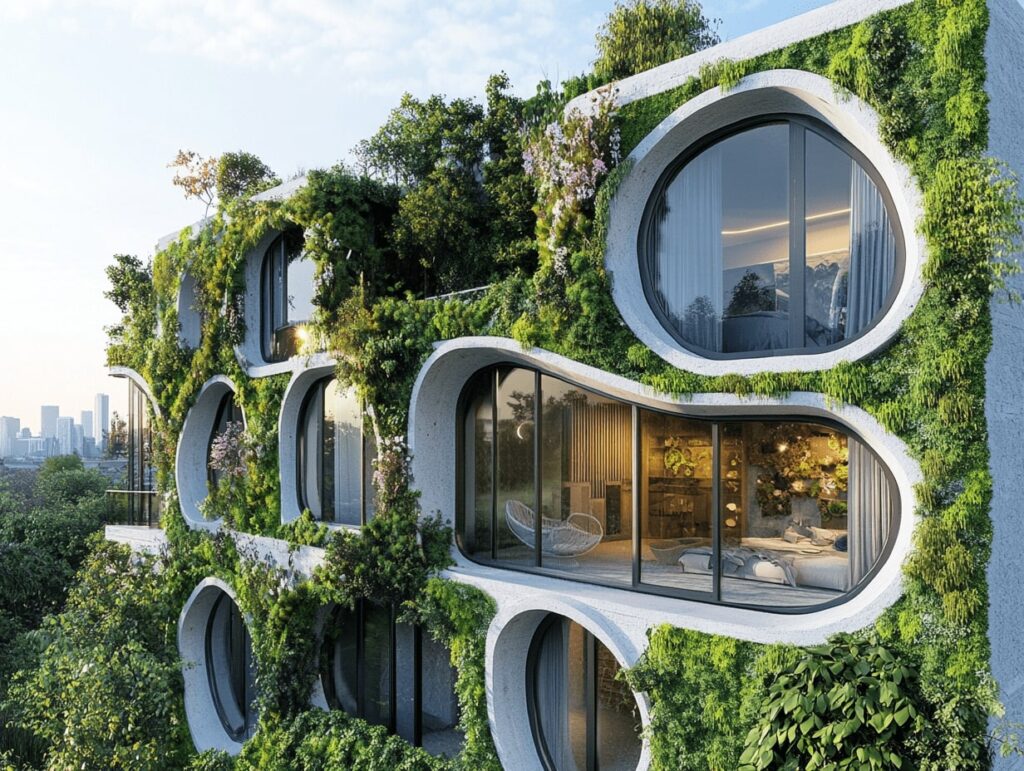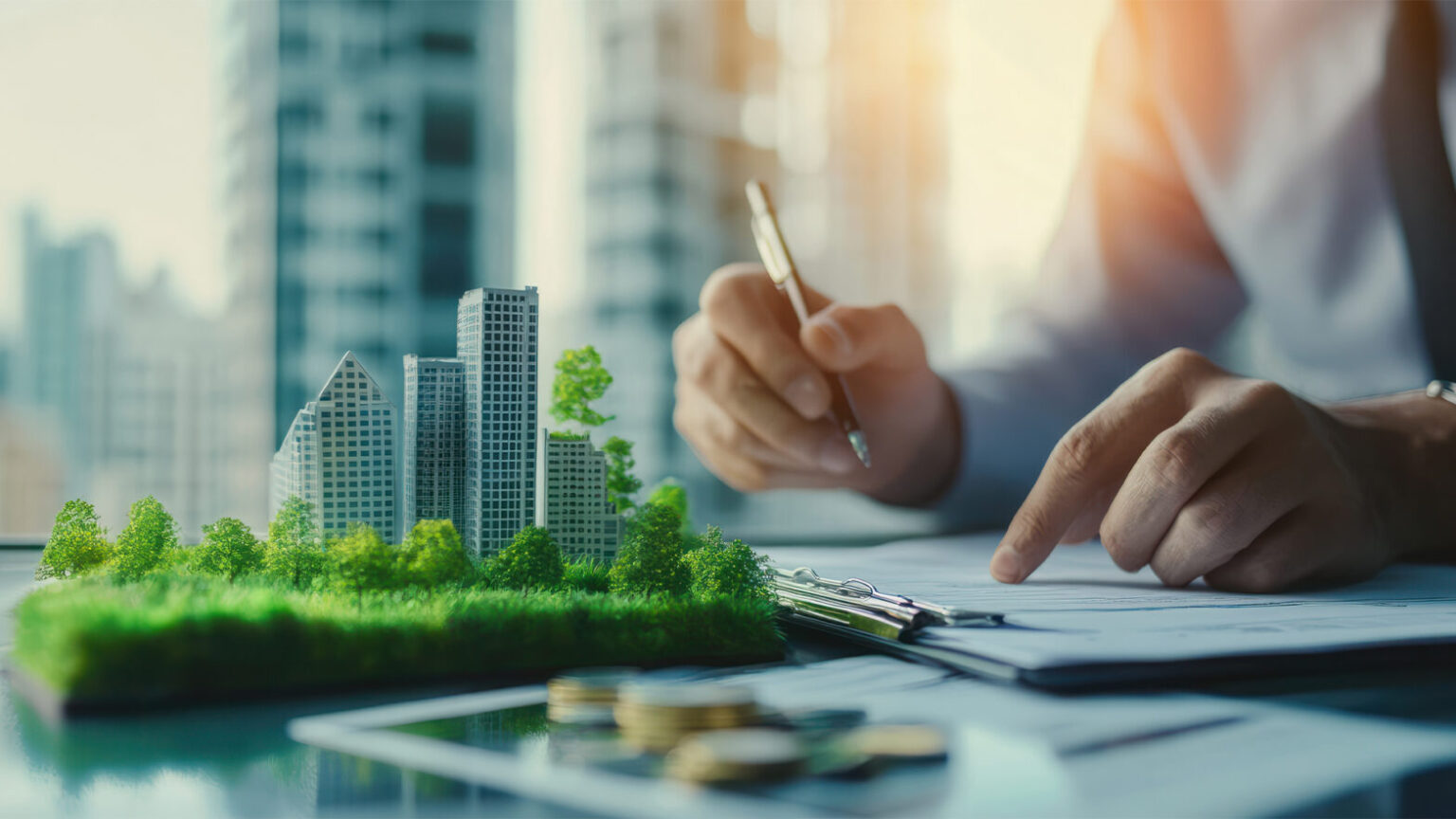The construction industry is experiencing a paradigm shift as green building practices redefine how we design, construct, and inhabit spaces. These sustainable practices are not merely trends—they are becoming the standard, driven by the need to address climate change, reduce environmental impact, and enhance the quality of life for occupants.
1. Energy Efficiency Takes Center Stage
Energy efficiency is at the forefront of green building practices. Buildings are now designed to minimize energy consumption through advanced insulation, energy-efficient windows, and the integration of renewable energy sources like solar panels. This shift not only reduces operational costs but also contributes to a substantial decrease in greenhouse gas emissions.
2. Sustainable Materials Lead the Way
The use of sustainable materials is a cornerstone of green construction. Builders are increasingly opting for recycled, locally sourced, and low-emission materials, which help reduce the environmental impact of construction activities. This approach not only conserves natural resources but also promotes a circular economy within the construction sector.
3. Water Conservation Becomes a Priority

Water conservation is another critical aspect of green building. Implementing rainwater harvesting systems, low-flow fixtures, and efficient irrigation techniques helps reduce water usage and ensures that buildings have a minimal impact on local water resources. These practices are especially important in regions facing water scarcity.
4. Indoor Environmental Quality Enhances Health
Green buildings prioritize indoor environmental quality by using non-toxic materials, ensuring proper ventilation, and maximizing natural light. These measures create healthier living and working environments, which can lead to improved occupant productivity and well-being. The focus on air quality and natural elements contributes to a more harmonious relationship between occupants and their surroundings.
5. Green Certifications Gain Prominence
Certifications like LEED (Leadership in Energy and Environmental Design) and IGBC (Indian Green Building Council) have become benchmarks for sustainable construction. These certifications provide a framework for builders to follow and offer assurance to occupants that a building meets high environmental standards. In India, for instance, the adoption of green building practices has led to a significant increase in the number of certified buildings, reflecting a growing commitment to sustainability in the real estate sector.
6. Economic Benefits Drive Adoption
While the initial investment in green buildings may be higher, the long-term economic benefits are substantial. Green buildings often experience lower operating costs, higher property values, and increased demand from environmentally conscious consumers. These financial incentives are encouraging more developers to incorporate sustainable practices into their projects.
7. Green Building Practices Foster Innovation

The push towards sustainability has spurred innovation within the construction industry. Architects, engineers, and builders are collaborating to develop new technologies and methods that enhance the efficiency and sustainability of buildings. This culture of innovation is leading to the creation of smarter, more resilient structures that can adapt to the challenges of a changing climate.
8. Resilience to Natural Disasters
Green buildings are increasingly designed to withstand natural disasters. For example, in post-Katrina New Orleans, over 100 sustainable homes were constructed with features like elevated structures and roof access to ensure that residents aren’t trapped during flooding. These homes were built to LEED Platinum standards, incorporating solar panels and recycled materials, and were designed to be more resilient to hurricanes, aligning with Louisiana’s master plan for future disaster protection
9. Adoption of Innovative Cooling Solutions
To address rising temperatures and reduce energy demands, experts are advocating for the use of green roofs and solar chimneys as innovative and sustainable ways to cool buildings. These features help lower indoor temperatures, absorb rainwater, and can reduce energy costs. Cities like New York and Chicago are offering incentives to encourage the integration of these cooling solutions, which are bolstered by policy support and incentives to address energy and environmental challenges.
Conclusion
Green building practices are not just transforming the construction industry—they are redefining it. By prioritizing energy efficiency, sustainable materials, water conservation, indoor environmental quality, and innovation, the industry is moving towards a more sustainable and resilient future. As these practices become more widespread, they will continue to shape the way we build and live, ensuring that future generations inherit a healthier planet.



